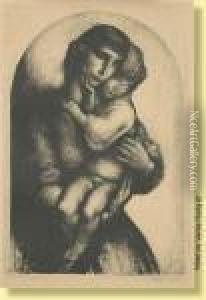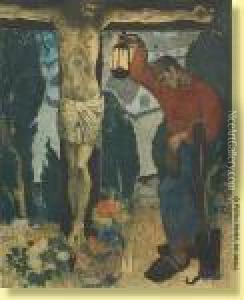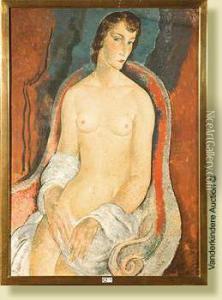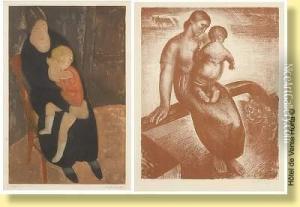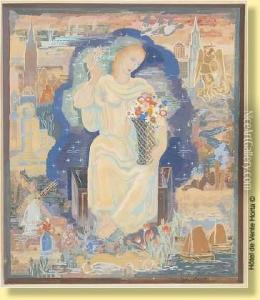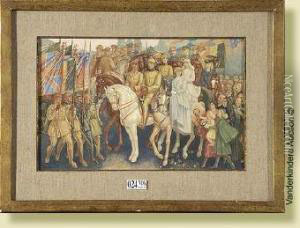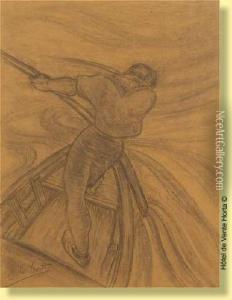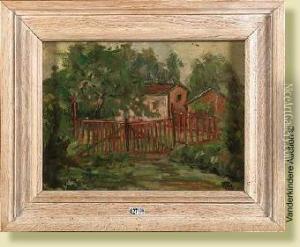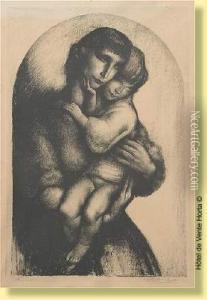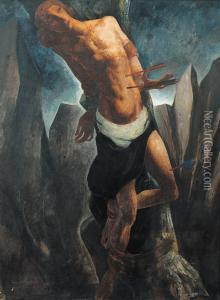Anto Carte Paintings
Anto Carte, born Antoine Carte on December 8, 1886, in Mons, Belgium, was a prominent Belgian painter and founder of the artist group 'Nervia'. Carte is known for his works that blend religious and mystical themes with a strong expressionist style.
Educated at the Academy of Fine Arts in Mons and later in Paris, Carte developed a painting technique influenced by symbolism and later by expressionism. His early work was marked by a traditional academic style, but after World War I, his style evolved as he became more interested in depicting the human condition, often through biblical and spiritual themes.
In 1928, together with a group of like-minded artists, he founded the Nervia group, which aimed to promote the work of Walloon artists and had a significant impact on the art scene in Belgium. The members of Nervia sought to express a regional identity and cultural vitality through their art in the period between the two World Wars.
Anto Carte's work is characterized by a blend of religious iconography with the human form, often imbued with a sense of solemnity and introspection. His paintings often feature figures that are rendered with a monumental quality, set against the backdrop of the Belgian landscape or scenes from the Bible and Christian mythology.
Throughout his career, Carte also worked on various public commissions, including murals and stained glass windows for churches, which further established his reputation as an artist deeply engaged with spiritual and religious themes. Despite his focus on these themes, Carte was also recognized for his portraits and landscapes, which similarly convey a deep sense of emotion and psychological depth.
Anto Carte passed away on February 13, 1954, in Brussels. His legacy lives on through his contributions to Belgian art and the continued appreciation of his work, which can be found in numerous museums and collections across Belgium and beyond.
![[l'accordeoniste]](https://www.niceartgallery.com/pic/13e6d0a7/1221325s.jpg)
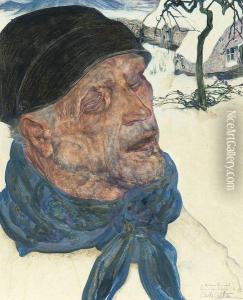
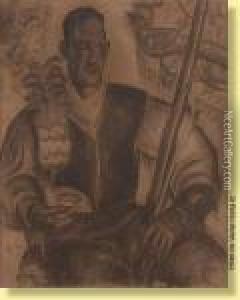
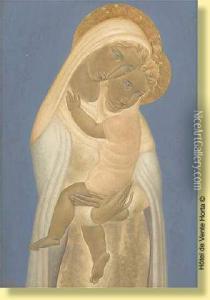
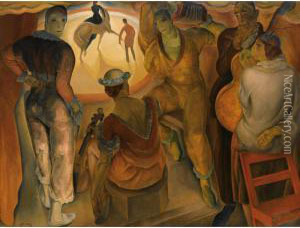
![[le Mineur]](https://www.niceartgallery.com/pic/1f191bc4/1221316s.jpg)
